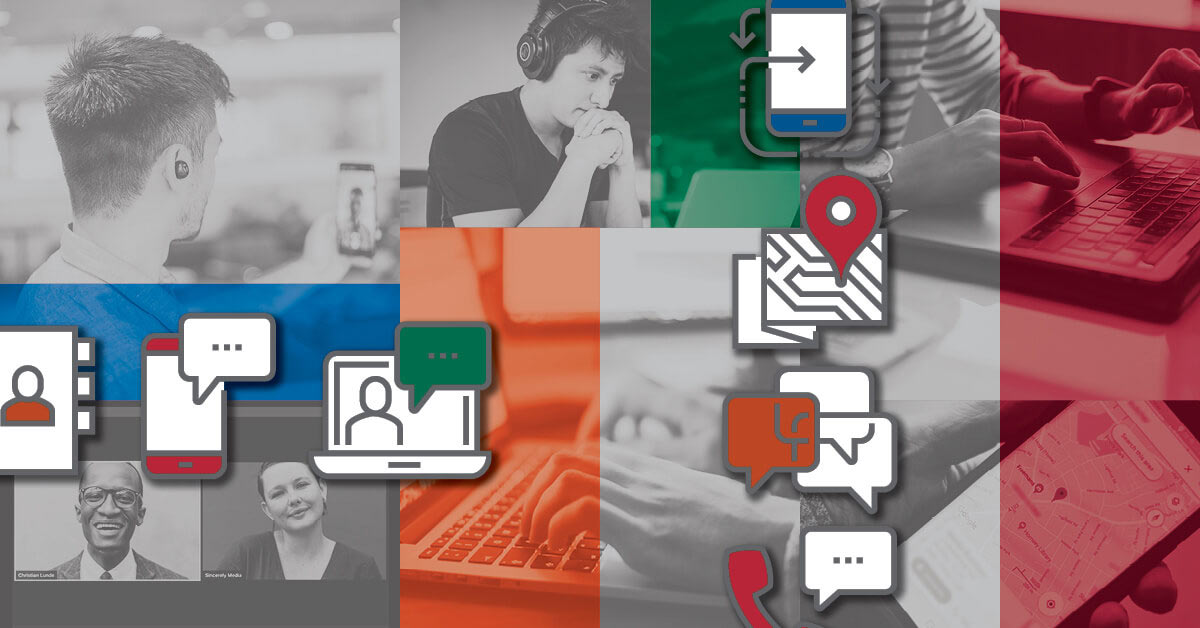As public and stakeholder engagement increasingly relies on digital tools, there is a growing need to understand what tools exist and how best to apply them. This guide is intended to help agencies and organizations build and implement effective engagement programs, including for individuals with little or no access to technology.

Define Goals and Outcomes. As practices shift more toward digital engagement, it is even more important to have clear goals. What is it you want to accomplish with engagement? Share information or also get feedback? Make a decision? Reach a general audience or connect with a focused group? Defining your goals and intended outcomes will keep your program focused and guide decisions about tools, resources and metrics. As always, scale your program to the specific needs of each project.

Identify Stakeholders. While project teams are working remotely, make sure you are communicating well and tapping into all known resources – agency staff, community leaders, existing lists, etc. – to identify potential stakeholders and how best to reach them. Realize with COVID-19 that some people are online more and are easier to reach whereas others may be facing health, financial and other challenges that refocus their priorities. Additional research to understand how stakeholders want to be engaged and receive information may be beneficial.
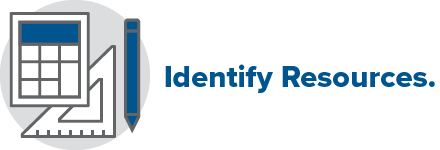
Identify Resources. Effectively engaging stakeholders online can be both more and less labor intensive than traditional means. While an online meeting and some boosted social media posts may be relatively inexpensive, they are also unlikely to reach everyone. Expect to also devote resources to reach specific audiences who may not be easily captured in the basic online net.
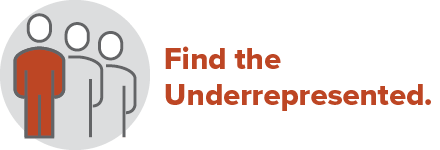
Find the Underrepresented. Engaging groups and individuals across cultural, economic and technological barriers can require language translation and cultural competency. Often it is necessary to identify community leaders to understand how best to reach and engage specific demographic subgroups. Understand that a portion of your audience will not have access to smart phones, computers, or reliable internet access.
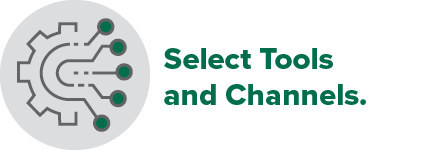
Select Tools and Channels. As with traditional engagement, we want a combination of tools that provides geographic reach, engages people where they are, and motivates them to click, tune in, or comment. In addition to understanding the different technology platforms available, what you choose may depend on whether you are targeting real time (live presentations), anytime (viewing or commenting) or low/no tech (typically analog) methods. Regardless, choose options that can be made accessible to all audiences.
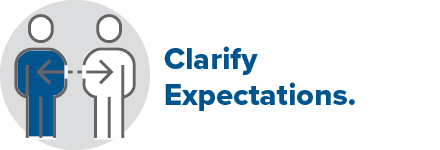
Clarify Expectations. As you initiate digital engagement, be clear with stakeholders what their role is. How will their feedback be used? Are there some issues on the table for discussion and others that are not? Because you may hear fewer comments directly, being clear and transparent takes on even greater importance.
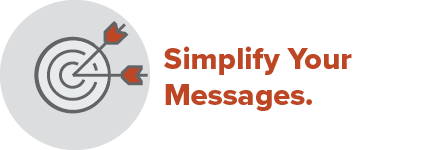
Simplify Your Messages. Even in the best cases, online presentations can suffer from transmission lags and signal drops. Make sure live presentations are simple, clear and presented somewhat slower than in real time. Make recordings available afterwards. Check that online forms and surveys make sense to someone who hasn’t seen the presentation or reviewed all the online content.
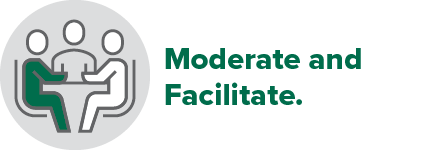
Moderate and Facilitate. For interactive events, choose a moderator who knows the technology. If participants can submit comments, focus on responding not just to the loudest online voices but to the full range of comments and perspectives. Online moderated chats provide the opportunity for quieter voices to be better heard.

Evaluate and Adjust. Assume that your engagement plan is a living document that you will modify as you go. Realizing that self-selection bias is still present with digital engagement, track basic demographics of your participants so you can adjust for those who you are not reaching or are not participating. Ongoing adjustment is especially critical as we pilot new tools and as the impacts of COVID-19 evolve and influence our daily lives.
For more information, or for a copy of Alliant’s Engagement Technology Matrix of tools and techniques, please contact Tim Burkhardt, AICP, Director of Transportation Planning.

